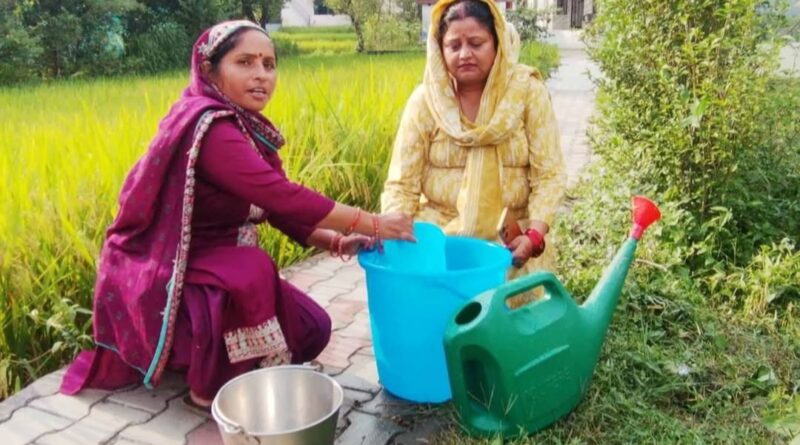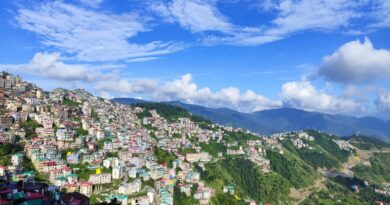Kangra’s Green Revolution: Farmers & Soil Reap the Rewards of Natural Farming
In the fertile foothills of the Himalayas, a quiet revolution is taking root. Farmers in Kangra are increasingly turning back to the wisdom of nature, and the results are speaking for themselves—healthier soil, more nutritious food, and thriving communities.
This shift to natural farming isn’t just a trend; it’s a necessary response to the rising costs and environmental damage caused by chemical fertilizers and pesticides. For Kangra, where most families are small-scale farmers, this return to nature is proving to be a game-changer, offering a sustainable path to prosperity.
From Government Support to Grassroots Success
The state government’s “Natural Farming, Prosperous Farmer” scheme has been a catalyst. Dr. Raj Kumar, who helps lead the initiative, shares the tangible outcomes: “This year, we purchased over 836 quintals of naturally grown wheat from 358 farmers, investing nearly ₹52 lakhs directly into their pockets. We see the same enthusiasm for turmeric and other crops.”
The most telling sign of success? The public’s appetite. “We sold out of 10 quintals of natural flour and dalia in just two days,” Dr. Kumar adds with evident pride. “People are actively seeking out this healthier food, and they’re willing to pay a premium for it, which directly benefits our farmers.”
Voices from the Fields: The Real-Life Impact
The real story of this revolution is written on the farms themselves.
· Suresh Kumar, from Tremblu village, appreciates the security. “Knowing the government will buy my wheat at ₹60/kg and maize at ₹40/kg gives me peace of mind. They even cover the cost to transport it.”
· For Kamla Devi from Matt village, the change is in the earth. “Since I started in 2021, using homemade preparations like Jeevamrit, I can feel the soil coming back to life. It’s softer, richer, and my crops are better than ever.”
· In Bhadwal village, Meenakshi and Alka have become innovators, intercropping urad dal with their paddy. “It boosts the yield naturally,” they explain. “We’ve completely stopped using chemical fertilizers, and our fields are healthier for it.”
These farmers unanimously agree that the government’s training and support have been crucial. Their gratitude is palpable, not just for the increased income, but for leaving behind a healthier environment for future generations.
A Vision for the Future
Deputy Commissioner Hem Raj Bairwa sees a bright future. “Kangra has the potential to become a national model for natural farming,” he states. “Our ‘lifecycle approach’ connects farming with cattle rearing and local crops, creating a self-sustaining cycle.”
The ultimate goal is ambitious yet simple. “We want to take the pure, high-quality produce from Himachal’s clean air and water to markets across India and the world. When farmers earn well, it inspires our youth to see a future in agriculture. This is how we build a truly self-reliant and prosperous state,” Bairwa concludes.
In Kangra, natural farming is more than a technique—it’s a return to balance, proving that what is good for the farmer and the earth is, ultimately, good for us all.


